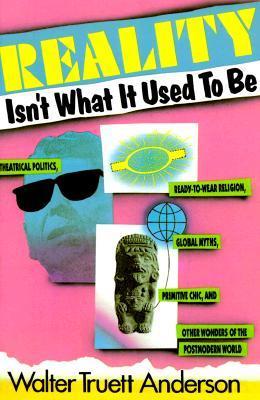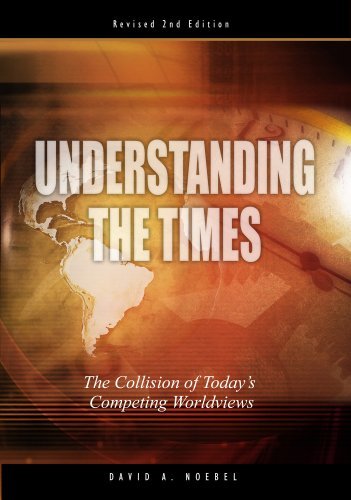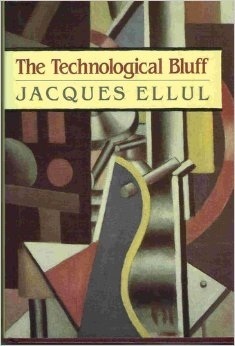
Reality Isn't What It Used to Be
Book Description
What if reality itself is up for grabs? Walter Truett Anderson's 'Reality Isn't What It Used to Be' explores the dizzying interplay of perception and truth in a world where boundaries blur. As traditional beliefs crumble under the weight of new ideas, the very fabric of society hangs in the balance. With captivating insights and provocative arguments, Anderson challenges the status quo, forcing a confrontation with the narratives that shape our lives. Can humanity navigate this chaotic landscape and forge a new understanding, or will we be lost in a sea of competing realities?
Quick Book Summary
"Reality Isn't What It Used to Be" by Walter Truett Anderson interrogates the very nature of reality in the modern era, examining how cultural, political, and technological transformations have eroded traditional beliefs and challenged consensus truths. Anderson traces the evolution from rigid, monolithic structures of meaning—rooted in religion, science, and nationalism—toward a postmodern landscape where identities, values, and facts are fluid. He explores the ways in which mass media, social change, and global connectivity foster competing narratives, leaving individuals to construct their own versions of reality. By analyzing the implications of this shift, Anderson illuminates both the opportunities for liberating creativity and the risks of fragmentation. Ultimately, the book invites readers to question inherited certainties and grapple with the complexities of constructing meaning in a context defined by pluralism and uncertainty.
Summary of Key Ideas
Table of Contents
The End of Monolithic Truths
Throughout the twentieth century, western societies experienced the dissolution of once-stable sources of meaning, such as organized religion, scientific authority, and nationalist ideologies. Anderson details how these structures historically offered individuals a unified sense of truth and a shared reality. However, as social change accelerated and diverse voices gained prominence, cracks appeared in these monolithic narratives, prompting a reexamination of what is accepted as real.
The Rise of Constructed Realities
The book explores how postmodern thought and advances in communication technologies have unsettled traditional boundaries, emphasizing the idea that reality is increasingly constructed rather than discovered. Anderson discusses the decline of grand narratives and the resulting shift towards multiplicity in beliefs, norms, and worldviews. Postmodernism, he argues, destabilizes the notion of absolute truth, inviting skepticism but also opening up space for a broader range of experiences and perspectives.
Media and the Shaping of Perception
Central to Anderson's thesis is the role of mass media, from television and advertising to emerging digital platforms, in shaping collective and individual perceptions. He analyzes how media not only transmit information but also create spectacles and manage symbols, often blurring the distinction between fact and fiction. This mediating influence furthers the sense that reality itself is manufactured, curated, or staged, which in turn affects how people interact with each other and with the world.
Identity and Social Fragmentation
As traditional sources of identity wane, Anderson investigates the resulting social fragmentation and the rise of diverse, often competing, subcultures. People increasingly construct their identities from a menu of possibilities shaped by culture, media, and personal preference, rather than inherited roles or rigid categories. This diversification brings potential for greater self-expression, but also raises the specter of alienation and disconnection from broader society.
Navigating Pluralism and Uncertainty
In the face of these challenges, Anderson encourages readers to engage critically with the realities that shape their lives. He does not lament the loss of consensus truth, but rather sees it as an opportunity for creative exploration and negotiation of meaning within pluralistic frameworks. Yet, he also warns of the dangers: without any common ground, society risks descending into relativism and chaos. The book concludes by urging a balance between skepticism and coherence, advocating for dialogue and adaptability as tools for navigating the new complexities of reality.
Download This Summary
Get a free PDF of this summary instantly — no email required.





